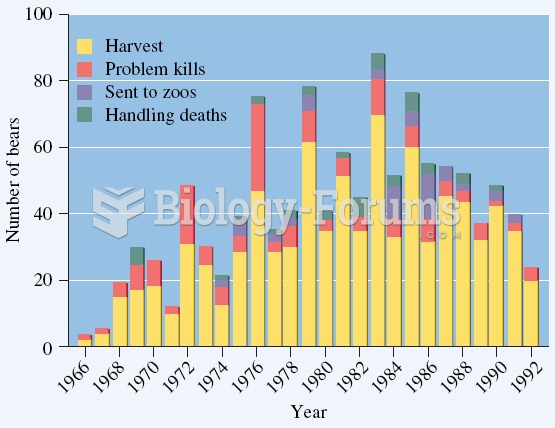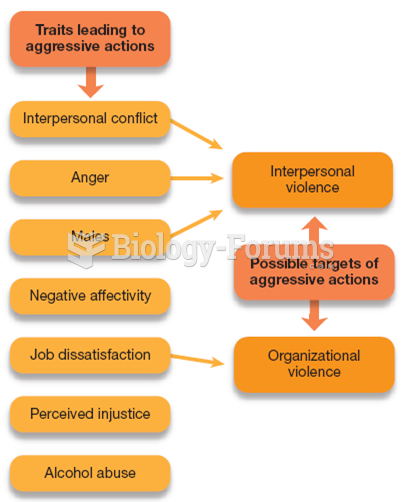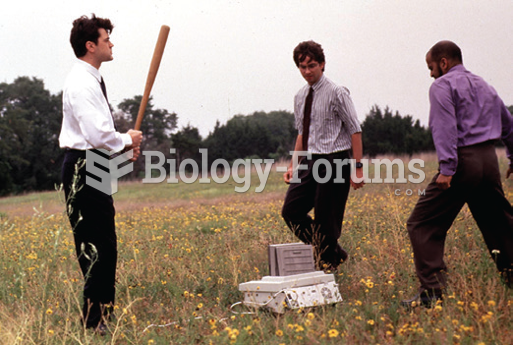Answer to Question 1
Answer: Workplace spirituality is a culture in which organizational values promote a sense of purpose through meaningful work taking place in the context of community. Organizations with a spiritual culture recognize that people have a mind and a spirit, seek to find meaning and purpose in their work, and desire to connect with other human beings and be part of a community. Workplace spirituality is important now for a number of reasons:
a. Employees are looking for ways to counterbalance the stresses and pressures of a turbulent pace of life.
b. Contemporary lifestyles underscore the lack of community that many people feel. People are looking for involvement and connection.
c. Aging baby boomers are reaching mid-life and looking for something meaningful in their lives, something beyond the job.
d. Individuals desire to integrate their personal life values with their professional lives.
e. For some, formalized religion hasn't worked. These individuals continue to look for anchors to replace a lack of faith and to fill a growing sense of emptiness.
Answer to Question 2
Answer: According to Swedish researcher Goran Ekvall, an innovative culture would be characterized by the following:
a. Challenge and involvement Are employees involved in, motivated by, and committed to long-term goals and success of the organization?
b. Freedom Can employees independently define their work, exercise discretion, and take initiative in their day-to-day activities?
c. Trust and openness Are employees supportive and respectful to each other?
d. Idea time Do individuals have time to elaborate on new ideas before taking action?
e. Playfulness/humor Is the workplace spontaneous and fun?
f. Conflict resolution Do individuals make decisions and resolve issues based on the good of the organization versus personal interest?
g. Debates Are employees allowed to express opinions and put forth ideas for consideration and review?
h. Risk-taking Do managers tolerate uncertainty and ambiguity, and are employees rewarded for taking risks?







